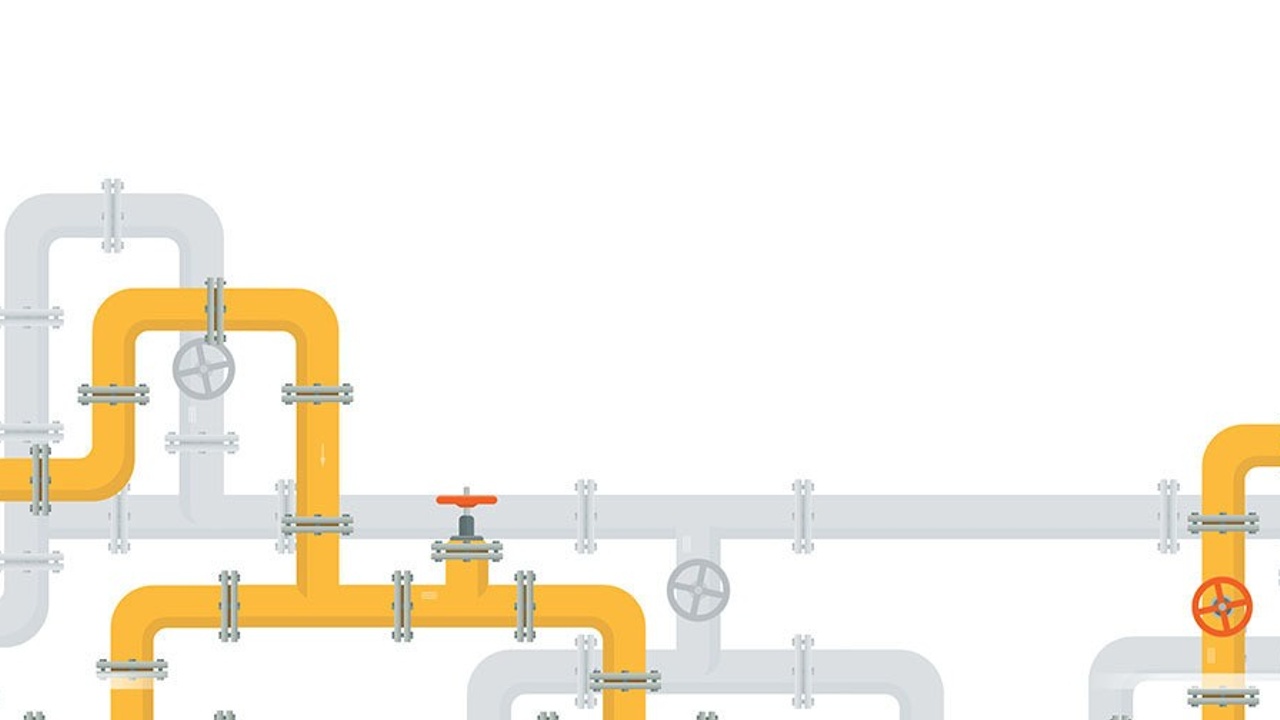When to Re-pipe Your Community and How to Fund It

By Eric Lecky
As Every Community manager and community association leader knows, building components begin to fail as they age—and your pipes are no exception. Depending on the material, a building’s pipes may begin to develop age-related cracks and leaks within a few decades of installation, sometimes less.
The question then becomes: When do you repair the pipe and when do you replace the entire piping system?
KNOWING WHEN TO RE-PIPE
Based on estimated useful life tables, some piping materials may begin to fail after 30 years, while others may not show signs of age until 50 years. Because pipe replacement is expensive, you could start assessing your piping systems periodically when your building reaches 20 years old, giving yourself time to reserve funds for a future re-pipe.
Unfortunately, most community managers and boards aren’t regularly testing their pipes, and so they first face the decision to repair or replace when their properties are already experiencing frequent leaks and the situation is urgent. Even then, they might wonder if they can continue to repair rather than replace. The decision comes down to one primary factor: money.
First, start calculating your annual costs of plumbing maintenance, damage, and repair. Use an incident-tracking tool like a "leak log" that can help you determine which leaks are a one-off occurrence, which are systemic, and what the repairs are costing you. By tracking piping failures and repairs, you create documentation to help manage a maintenance budget and even plan a system replacement when the time comes.
In addition to the straightforward expenses of damages and repairs, consider the indirect costs. For example:
- Insurance:Catastrophic failures in a piping system and the ensuing costs to repair related damages can cause your insurance premiums and deductibles to skyrocket. Eventually, insurers may even cancel your policy and you’ll find it difficult to secure a new carrier.
- Brand reputation:Continual failures in your pipes and damage to individual living units creates bad word of mouth. That can make it more difficult for condo owners to sell their units.
- Disgruntled unit owners:Simply put—unhappy condo owners aren’t going to sit quietly, nor should they. The hassle of dealing with homeowner complaints and even lawsuits adds up to real dollars quickly.
Once you understand your expenses, apply this simple rule of thumb: When the total annual costs to maintain your system are more than the annual cost of a re-pipe, it’s time to replace.
FUNDING A CONDO RE-PIPE
Condo associations can consider four ways to fund a re-pipe:
- Do you already have the money in your reserves to cover the costs? Pipe replacement and other plumbing issues are rarely considered in reserve studies, which means you may not have money on hand to cover the costs.
- If you can’t fund with reserves, is the project small enough that you can comfortably issue a special assessment to cover the costs? Large special assessments can overwhelm owners, potentially forcing them out of the community.
- With lending rates still relatively low, financing might be your best option. You could then consider paying off the loan with modest increases to monthly assessments rather than a large special assessment.
- Or you can take a hybrid approach by pulling from reserves or special assessing part of the cost and financing the rest with a loan.
Even if you’ve reserved for pipe replacement, it may make more sense to finance it. Favorable lending terms could mean that you can finance a larger project like pipe replacement for up to 20 years, so you might benefit from taking out a loan and paying it off through reserves.
If you’re pre-qualified to borrow more than it costs to re-pipe, look at bundling projects. You may have several capital improvements that need to be completed and it’s better to bundle them with one larger loan than to take out multiple smaller loans.
Finally, if you might finance all or part of your project, begin the pre-qualification process as soon as you know you need to re-pipe, but don’t secure the loan until you have a final scope of work and contract amount. The project costs can change as the scope gets refined.
ANOTHER WORTHWHILE CONSIDERATION
We estimate that more than half of the nation’s multifamily apartment and condo properties are at least 30 years old, which means associations are dealing with dozens of building components and systems that are reaching the end of their useful life. If your community is among these older properties, keep an eye out for emerging or less conventional financing options like grants and other programs geared toward achieving energy and water efficiency. Lower operational or maintenance costs coupled with the appeal of an environmentally efficient home make for powerful ROI.
Re-piping a system in your community is a capital improvement that requires careful planning to know when it’s needed and how to fund it. You can wait until your community starts experiencing signs of failure to begin planning or be proactive and schedule regular piping assessments based on the useful life of pipes. In either case, explore all your options when the time comes to fund the project.
Eric Lecky is the chief growth officer at SageWater, North America’s leading pipe replacement contractor. SageWater is headquartered in Alexandria, Virginia, with offices nationwide. Over the past 30 years, they have replaced more than 35 million feet of pipe in over 100,000 occupied residential units. Send Eric an email at [email protected].
This article first appeared in the Summer 2022 Issue of the Communicator. To read the full edition, click here.
